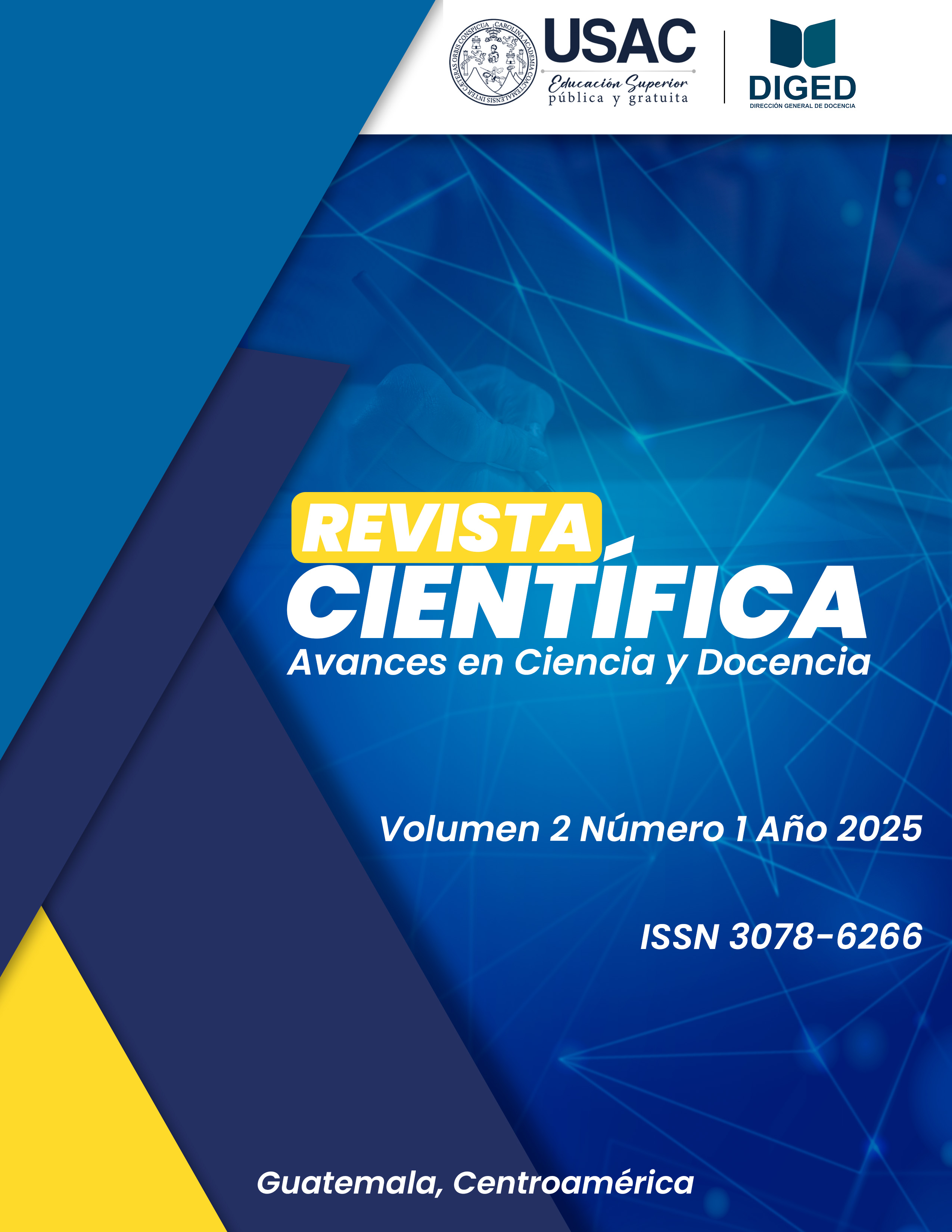Importance of the use of technological resources in higher education
DOI:
https://doi.org/10.70939/revistadiged.v2i1.25Keywords:
technological resources, virtual environments, electronic devices, educational platforms, higher educationAbstract
OBJECTIVE: Determine the level of importance of the implementation of technological resources in higher education. METHOD: The study was developed with a constructivist paradigm, using a qualitative methodology, with a phenomenological design; 35 university professors participated in the study, this being the sample used. RESULTS: 52% of those surveyed indicated that the main contribution of technological resources lies in the versatility of content, that is, in the various ways one can research, learn, and share about the same topic. Likewise, 57% of the teachers surveyed stated that virtual environments have frequently allowed them to achieve course objectives in a better way, 20% stated that most of the time and 23% indicated that very rarely. CONCLUSION: The importance of the use of technological resources makes it easier for the teacher to obtain various tools that promote the development of skills in students, in the same way it allows better access to the different contents, it offers greater facilities for students to be able to immerse themselves in the subject, through audiovisual content, text in various formats, platforms for expressing opinions, innovative spaces for teamwork, applications for developing ideas, for solving problems; spaces that will finally allow you to develop skills and achieve the proposed didactic objectives.
References
Asero Farinango, S. M. & Palomino Farinango, C. G. (2023). Trabajo colaborativo apoyado en las herramientas digitales para mejorar el proceso de enseñanza-aprendizaje. Dominio de las Ciencias, 9(3), 415-444.
https://dominiodelasciencias.com/ojs/index.php/es/article/view/3450/7715
Girón Portillo, D. C. (2023). Uso de recursos tecnológicos en la docencia universitaria [Tesis de maestría, Universidad de San Carlos, Centro Universitario de San Marcos]. https://postgrados.cusam.edu.gt/wp-content/uploads/2024/02/DEYVI-CATARION-GIRON-PORTILLO.pdf
Gonzales del Solar, J., Osorio Castillo, E. M. & Bernaola Miñano, L. M. (2024). Diseño y gestión de entornos virtuales de aprendizaje en la educación superior. Horizontes: Revista de Investigación en Ciencias de la Educación, 8(33), 969-991.
https://doi.org/10.33996/revistahorizontes.v8i33.777 DOI: https://doi.org/10.33996/revistahorizontes.v8i33.777
Molinero Bárcenas, M. D. & Chávez Morales, U. (2019). Herramientas tecnológicas en el proceso de enseñanza-aprendizaje en estudiantes de educación superior. RIDE: Revista Iberoamericana para la Investigación y el Desarrollo Educativo, 10(19), 1-31.
https://doi.org/10.23913/ride.v10i19.494 DOI: https://doi.org/10.23913/ride.v10i19.494
Montalvo Gutiérrez, M. R., Atajo Choquehuanca, J. & Visa Quispe, S. (2024). La innovación en entornos virtuales como enfoque del docente universitario. Revista Tecnológica Educativa Docentes 2.0, 17(1), 98-110. https://doi.org/10.37843/rted.v17i1.439 DOI: https://doi.org/10.37843/rted.v17i1.439
Montero Cedeño, P. A., & Vaquero Macuy, G. A. (2022). Uso de herramientas tecnológicas adecuadas para un acompañamiento académico virtual inclusivo. Sinapsis, 1(21), 1-16. https://dialnet.unirioja.es/descarga/articulo/8627122.pdf DOI: https://doi.org/10.37117/s.v21i1.590
Pérez García, A. & Rodríguez Sánchez, J. (2022). Análisis del uso de espacios virtuales en la educación superior. Apertura, 14(1), 66-79.
https://doi.org/10.32870/ap.v14n1.2104 DOI: https://doi.org/10.32870/Ap.v14n1.2104
Ramos-Vite, M. M. D. R. & Macahuachi Nuñez, L. C. (2021). Plataformas virtuales como herramientas de enseñanza. Dominio de las Ciencias, 7(3), 1080-1098. https://dominiodelasciencias.com/ojs/index.php/es/article/view/2042 DOI: https://doi.org/10.53673/data.v1i10.54
Rodríguez Andino, M. de la C. & Barragán Sánchez, H. M. (2017). Entornos virtuales de aprendizaje como apoyo a la enseñanza presencial para potenciar el proceso educativo. Revista Killkana Sociales, 1(2), 7-14. https://dialnet.unirioja.es/descarga/articulo/6297476.pdf DOI: https://doi.org/10.26871/killkana_social.v1i2.29
Roncancio Becerra, C. Y. (2019). Evaluación de los entornos virtuales de enseñanza aprendizaje (EVEA) de la Universidad Santo Tomás Bucaramanga (Colombia) mediante la adaptación y aplicación del sistema Learning Object Review Instrument (LORI) [Tesis doctoral, Universitat Illes Balears]. https://www.tesisenred.net/bitstream/handle/10803/671465/tcyrb1de1.pdf?sequence=1&isAllowed=y
Downloads
Published
How to Cite
Issue
Section
License
Copyright (c) 2025 Axel Hernaldo Aceituno Ramos

This work is licensed under a Creative Commons Attribution 4.0 International License.
Authors who publish with this journal agree to the following terms:
- Authors retain copyright and grant the journal right of first publication with the work simultaneously licensed under a Creative Commons Attribution License 4.0 that allows others to share the work with an acknowledgement of the work's authorship and initial publication in this journal.
- Authors are able to enter into separate, additional contractual arrangements for the non-exclusive distribution of the journal's published version of the work (e.g., post it to an institutional repository or publish it in a book), with an acknowledgement of its initial publication in this journal.
- Authors are permitted and encouraged to post their work online (e.g., in institutional repositories or on their website) prior to and during the submission process, as it can lead to productive exchanges, as well as earlier and greater citation of published work.





